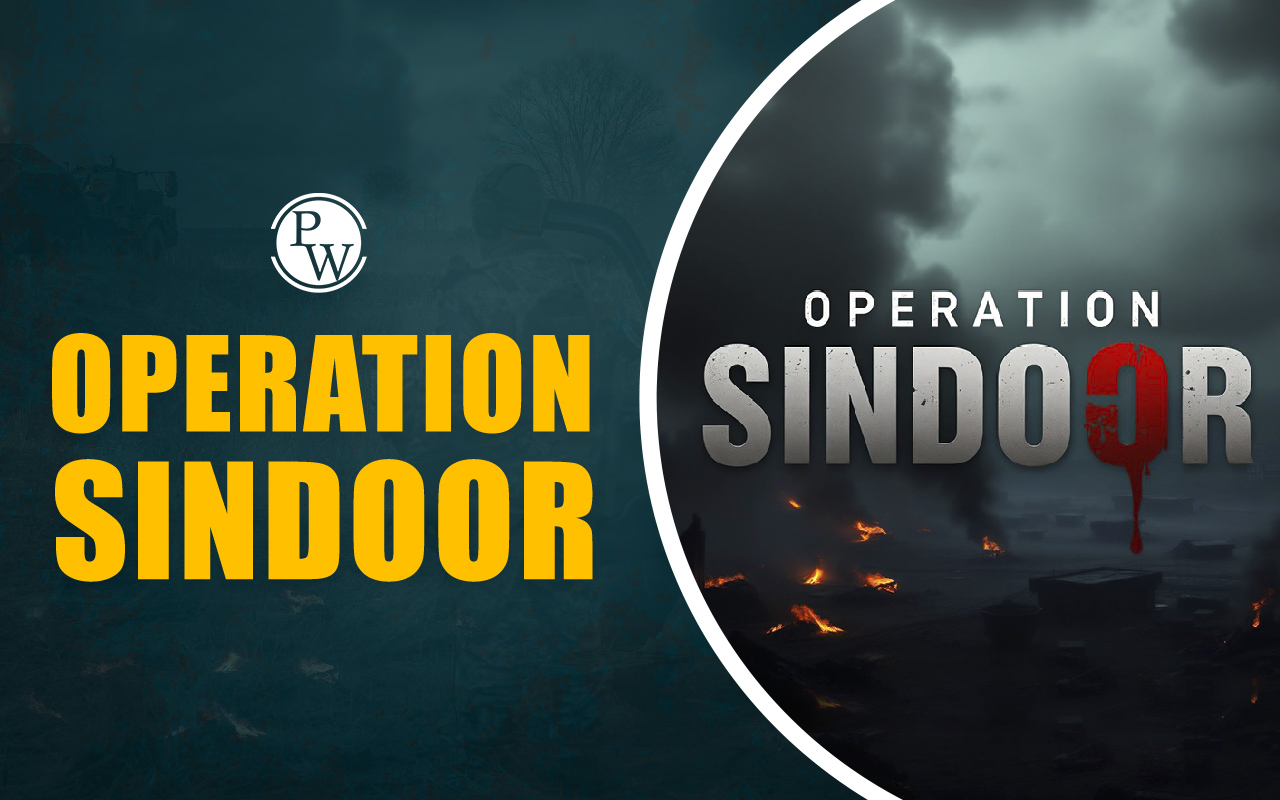Operation Sindoor launched 24 precision strikes on 9 terror camps across Pakistan & PoJK, killing over 70 terrorists after Pahalgam massacre. Operation Sindoor was India's strategic strike across LoC.

Operation Sindoor has emerged as a defining moment in India’s counter-terrorism strategy, showcasing the Indian Armed Forces’ precision and resolve in targeting terrorist infrastructure in Pakistan and Pakistan-occupied Jammu and Kashmir (PoJK) operating from across the border. Following the barbaric terrorist attack in Pahalgam on April 22, 2025, that claimed 26 innocent lives (including 25 Indians and one Nepali citizen), the Indian military launched a decisive and calculated response — Operation Sindoor.
On May 7, 2025, the Indian Armed Forces launched Operation Sindoor. The operation aimed to dismantle the operational capabilities of terror groups responsible for directing attacks against India.
Tensions have surged along the India-Pakistan border as Pakistan launched a series of missile and drone attacks across multiple Indian states, including Jammu & Kashmir, Rajasthan, and Punjab. Sirens wailed for a second consecutive day in Jammu. On 8th May 2025, seven locations have witnessed intense shelling and drone activity:
India’s air defence systems successfully intercepted all incoming threats. On 9th May 2025, visuals of red streaks and explosions were observed in the skies over Samba. Amid the ongoing crisis, Prime Minister Narendra Modi convened a high-level security meeting with top military leadership, followed by a closed-door session with NSA Ajit Doval. Indian forces are actively responding to threats at the critical locations as Operation Sindoor unfolds.
Operation Sindoor is a meticulously planned military operation carried out by the Indian Armed Forces targeting nine major terrorist infrastructure sites located in Pakistan and Pakistan-occupied Jammu and Kashmir (PoJK). The objective of the operation was to dismantle launchpads, training camps, and command centres of terrorist organisations such as Jaish-e-Mohammed (JeM), Lashkar-e-Taiba (LeT), and Hizbul Mujahideen (HM).
This operation was launched on the night of May 1, 2025, at precisely 1:44 am, delivering 24 precision missile strikes. The Indian Ministry of Defence confirmed that the operation was “focused, measured and non-escalatory,” with no Pakistani military facilities targeted — a clear indicator of India’s intent to address only the terrorist infrastructure without provoking a full-scale war.
The launch of Operation Sindoor India was triggered by the heinous Pahalgam terror attack, which resulted in a national outcry. The Indian government, led by Prime Minister Narendra Modi, vowed to hold perpetrators accountable, stating that punishment would be delivered “beyond their imagination.”
In response to mounting evidence that the attack was directed and executed with support from terror camps in Pakistan and PoJK, India decided to send a strong message. Operation Sindoor Indian Army was the answer — a direct, strategic blow to the breeding grounds of terror.
The primary objective of Operation Sindoor India was to neutralise terrorist infrastructures that posed an imminent threat to national security. The operation commenced at 1:44 AM and lasted approximately 23 minutes. Indian forces employed advanced weaponry, including Rafale jets equipped with SCALP missiles and AASM Hammer bombs, to ensure precision strikes. The operation was carefully calibrated to avoid Pakistani military facilities, underscoring India’s intent to target only terrorist entities.
A total of nine terror facilities were struck during Operation Sindoor, spanning a wide geographical expanse across Pakistan and Pakistan-occupied Jammu and Kashmir. The locations targeted were carefully selected based on intelligence reports confirming their use in past and potential terror activities against India.
The nine terror facilities targeted during Operation Sindoor were:
These targets were all involved in various past terror attacks, including the 2023 Poonch attack, the 2024 bus attack on pilgrims, and the most recent Pahalgam attack.
The success of Operation Sindoor India lies not only in the tangible destruction of terror infrastructure but also in the message it sends: “India will no longer tolerate cross-border terrorism”. The Indian Air Force and Army executed the operation with surgical precision, ensuring zero civilian casualties and avoiding escalation by sparing Pakistani military installations.
More than 70 terrorists were killed, and over 60 were critically wounded, severely degrading the operational capability of the targeted terror outfits. The operation also exposed the continued support of the Pakistani state and intelligence agencies (ISI) to terrorist networks.
The operation demonstrated the Indian military’s ability to coordinate high-risk missions deep inside hostile territory while maintaining adherence to international norms.
Pakistan denounced the operation, labelling it an “act of war,” and claimed civilian casualties, including women and children. In retaliation, Pakistan initiated cross-border shelling along the Line of Control, leading to further casualties on both sides. The situation escalated tensions between the two nuclear-armed neighbours, prompting international calls for restraint.
The global response to Operation Sindoor was mixed but largely cautious.
Operation Sindoor stands as a testament to India’s commitment to protecting its national security and responding decisively to acts of terrorism. By targeting terrorist infrastructures in Pakistan and PoJK, India aimed to disrupt the operational capabilities of groups responsible for attacks on its soil. While the operation achieved its immediate objectives, it also underscored the need for sustained international efforts to address the root causes of cross-border terrorism and promote ongoing peace in the region.
Ready to boost your UPSC 2025 preparation? Join PW’s UPSC online courses today!
Operation Sindoor was a precision military strike by India targeting terror launch pads in Pakistan-occupied Kashmir (PoK). The primary goal of Operation Sindoor Strike was to neutralise terror launchpads across the LoC.
Pakistan called the Operation Sindoor attack an act of war and retaliated with cross-border shelling.
No, but as per Pakistan, the Operation Sindoor resulted in civilian deaths, including women and children.
Recent Pahalgam Attack, rising ceasefire violations and terror activities prompted India to launch the Operation Sindoor counterstrike.
In Operation Sindoor, the Indian Armed Forces successfully struck 9 terrorist targets located across Pakistan and Pakistan-occupied Jammu & Kashmir (PoJK), resulting in the elimination of over 70 terrorists.
Global leaders urged restraint following Operation Sindoor India-Pakistan conflict escalation.

<div class="new-fform">
</div>